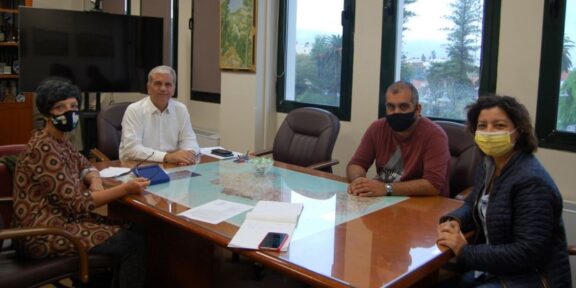Mentally healthy is the person who not only does not suffer from mental illness, but also has a smooth adjustment in all areas
such as social, professional, sexual etc. and enjoys life
in its individual and social dimension.
The demands of a competitive life require the optimal efficiency and energy of modern man, which is why healthy people take care of their diet, their entertainment, their rest and claim their mental and physical well-being.
Mental health is provided by people who not only do not get sick but are able to fully meet the small or large obligations of their lives according to the World Health Organization. It is now common knowledge that people should take care of their health and not turn to health services when they are already ill.
The holistic diagnostic approach presents improved diagnostic rates in patients who complain of vague physical symptoms commonly associated with mental disorders such as atypical cardiac distress, cervical or epigastric pain, and other symptoms of psychosomatic origin, offering greater therapeutic potential.
The effect of thermal external hydrotherapy in thermal waters is caused through the special characteristics they have due to their physical, chemical, biological and immune properties.
The effects on the human body are physical and mental in nature, and aim to improve his level of health and well-being.
Side effects that may occur depending on the time of onset during spa external hydrotherapy are the bath reaction, the thermal crisis and the mental reaction.
The bath reaction is characterized by pathological reactions of the body, which are observed mainly during external hydrotherapy in sodium chloride, sulfide and radioactive water, one to two days after the start of treatment, and the reactions of the bath reaction are local and general. Local reactions manifest as a worsening of the disease from which the patient suffers, or with the appearance of symptoms from older diseases which usually disappear after 2-3 days. while the general reactions are anorexia, digestive disorders, nausea, vomiting and fever.
The thermal reaction, in frequency and severity depends on the underlying disease of the patient,
and water temperature, and is more common in acidic or sulfurous waters. The general symptoms of heatstroke are loss of appetite, weakness of the limbs, fever, drop in blood pressure and insomnia. Local symptoms include limb weakness, nausea, muscle spasms, swollen joints, constipation or diarrhea, and asthma attacks.
The mental reaction is defined as the set of mental changes that occur in people who undergo spa external hydrotherapy and which are due to the therapeutic effect of the thermal waters and occurs with mental effects that are immediate, such as increasing or decreasing the feeling of well-being.
The picture of deterioration can be considered as part of the body’s therapeutic response in the context of adaptation to spa external hydrotherapy. The appearance of the initial worsening of the symptoms and the need of the bather to rest for two and three hours after a twenty-minute period of thermal external hydrotherapy can be considered as a temperamental expression of the body’s defense system.
In conclusion, after the completion of the external hydrotherapy and the passage of about twenty days, the person shows a general improvement and a feeling of well-being, as the thermal hydrotherapy has beneficial effects on the psychological function of the bathers regardless of the composition of the thermal water and its initial state. treatment, which is transient and should not be included in the side effects and therefore its appearance is not a contraindication, interpreted as a normal reaction of the body.
The use of spa treatments by more and more people proves the usefulness of the effect, in modern man, who seeks immediate renewal, stress suppression and relief from the stress of the day, and the effectiveness of spa natural resources after its completion. The treatment cycle is measurable immediately and in the medium term, which is why in the countries of the European Union the insurance organizations cover 21 treatments per semester.
Breaking News
Travel to Tunis In Tunisia in Barbary (sto tounezi sti mparmparia) Everyone, in Greece,…
ΣΣΣΣΣΣ
The protection of the Environment is a priority of the MOVEMENT The creation of…
"Heptapolis-Trilogy, the Vision of Delphi" The official presentation on July 4 On Monday, July 4,…
The Municipality of Poros invites parents who are interested in enrolling their children in the…
The Municipality of Ieton turns its "gaze" to the new markets, utilizing the news tourism…
The cruise has been and will continue to be at the top of the international…
Karpenissi Trail Mountain Running Races… ..and not only! Evritania is known to all for its…
658 SMOKING DICTIONARIES WITH BELONISM Smoking is a serious harmful habit that plagues the Public…
On behalf of the Municipality of Patmos and the Mayor Mr. Lefteris Pente, we enclose…


















